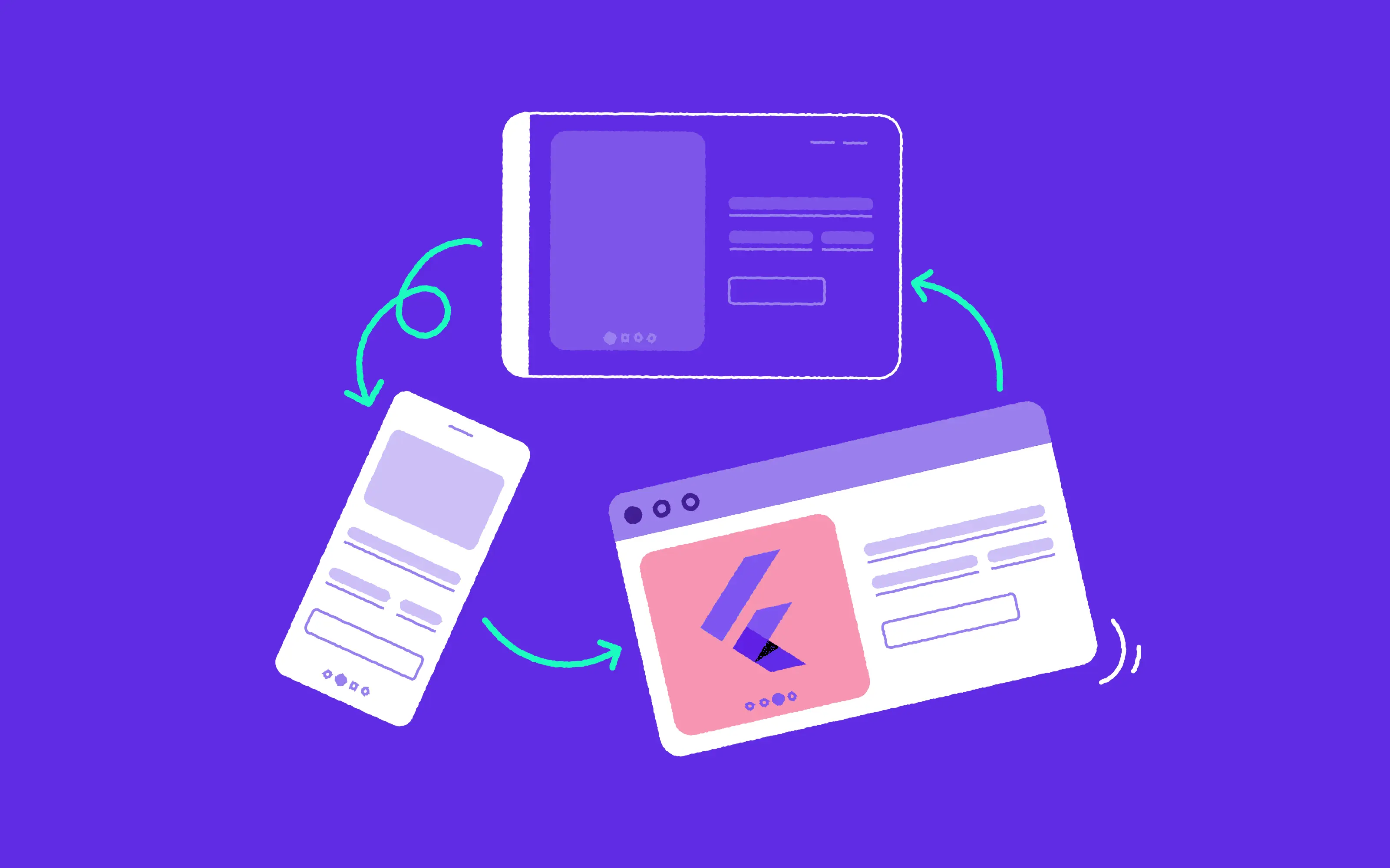
They can cost you millions of dollars, your reputation and the future of your app. Of course, I’m talking about bugs. No wonder then that every minute of the fixing process counts, but the mobile apps review process often stands in the way. Thankfully, one solution can save your time and money.
React Native is an excellent framework. It proved itself the first reliable solution for building native iOS and Android apps using a shared codebase. Besides huge gains in development time in some cases, using React Native could also be the lifesaver when it comes to deployment speed, especially when we find ourselves under time pressure. With tools like Code Push, we can overcome the biggest liability when it comes to deployment on mobile platforms – The Review Process.
Failures Cost Trillions
We all want to own the game – beat everyone else on the market, meet established deadlines and dominate the industry. There is nothing wrong in this stampede, but that usually causes mistakes. Those mistakes happen to everyone from solopreneurs to big corporations. Sometimes they cause releasing a bug that affects a large portion of our user-base. The threats are serious. According to the testing company Tricentis, software failures generated USD 1.7 trillion in financial losses in 2017 alone! Failures affected over 3.6 billion people, and bugs are to blame for the most of them.
We all know a bunch of apps that became painful to use after an update. We’ve seen buggy Skype, unusable Nokia Health Mate after a transition from Withings or Product Hunt App struggling to perform consistently. In those circumstances, developers fight against time to fix the unnoticed bugs as fast as possible. And no matter how fast they fix it, then they have to face the most significant issue – review time of mobile app. In case of iOS platform, it could take 1-2 days if we’re lucky, but it also can take up to a week. And probably after that time, we won’t get all our users back.

Developers fight against time to fix bugs, but no matter how fast they fix it, then they have to face a significant issue
That’s why there was a massive need for a more optimal solution: to overpass the review process when needed, and catch up with the deployment speed of the web counterparts.
Code Push to the Rescue
Luckily, Microsoft came up with an answer. Their solution is called Code Push, and it’s a service that allows new updates deployment directly to user’s devices, without waiting for review. Using that tool we can push updates to our JS codebase in a matter of minutes. Matching with deployment speed of the web is a huge win, and makes Code Push a perfect companion to React Native.
» How Cost Effective is Real Native – read our article and find out!
When it comes to critical bugfixes or even minor updates, using those libraries could be lifesaving. So, how does it work? It’s almost effortless. An app checks the Code Push cloud service for any updates. If so, the app queries for one, and here you go! Of course, we can customize this process so it could be unnoticeable for a user. From the user experience perspective, in my opinion, we should apply the update in the background so when the app is opened again, the user can enjoy the newest version. Otherwise, it might look disturbing to the user.

Code Push is almost effortless
Nothing’s Perfect
Now you may think we don’t need to push any build through review, and I’ll tell you right away it’s a wrong approach . Of course, with Code Push for React Native we can bypass the process and push a new build in no-time, we can use it to implement A/B testing within the app or be more agile when it comes to engaging with user-base. Yet, there are some caveats.
Using React Native we can push updates to our JS codebase in a matter of minutes
First of all, Code Push starts after the app launches itself, so the users still see or use the original build, unless we reload the app right away. As I mentioned previously it might be disturbing. The user could feel that instead of installing a new update, the app doesn’t behave as expected. We don’t want to expose our bugs to new users so along using Code Push that fixes the build for existing ones, we should go through the review process.

The user could feel that the app doesn’t behave as expected
Secondly, it allows us only to update JavaScript part of the codebase. If our React Native app relies heavily on native code that has to be recompiled, we’ll have no use of Code Push in that situation. Fortunately, it is a very uncommon situation. And last but not least, Code Push doesn’t let you show off the new features and changes and market them accordingly, as App Store release does.
From the legal perspective, using services like Code Push is permitted by Apple as long as you:
- Don’t change the purpose of the app in the Code Push update
- Don’t offer an app which is mainly a code distribution platform and serves as a store for other apps
React Native and Code Push: The Great Tandem
To sum up: the React Native and Code Push duet is a great way to build native-like applications with a safety valve. It’s the quickest solution when it comes to bug fixing and emergency updates. It helps keep the app user-base happy and does to our business. With technology such as Code Push, what was once available for huge players like Facebook, Google or Uber is now ready to use for everyone, thanks to Microsoft. If you want to know more, write us. We’ll help you choose a suitable technology to solve your problem, as React Native with Code Push could be the silver bullet in your case.
At 10Clouds, we have a bunch of experienced mobile developers in our offices in Poland, working in React Native and native technologies alike. If you’re looking for a team to get your mobile product running, get in touch with our award-winning company!



